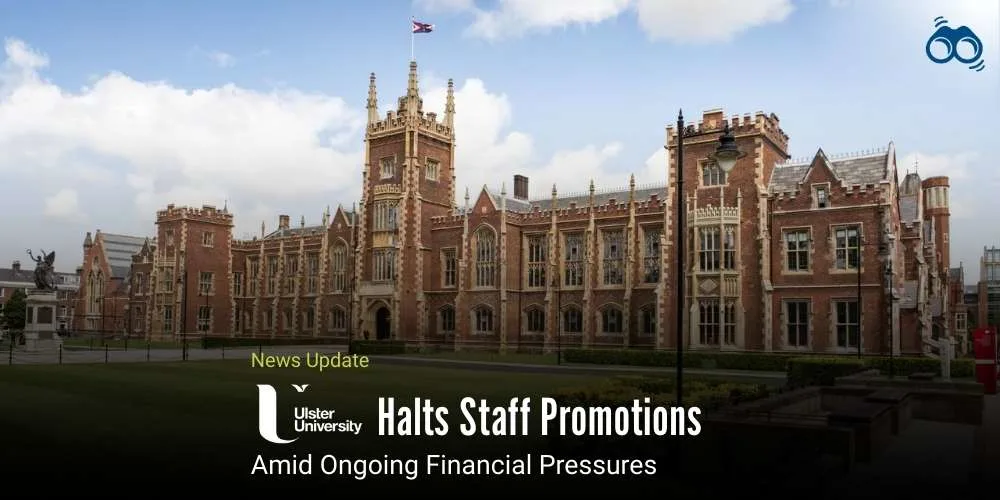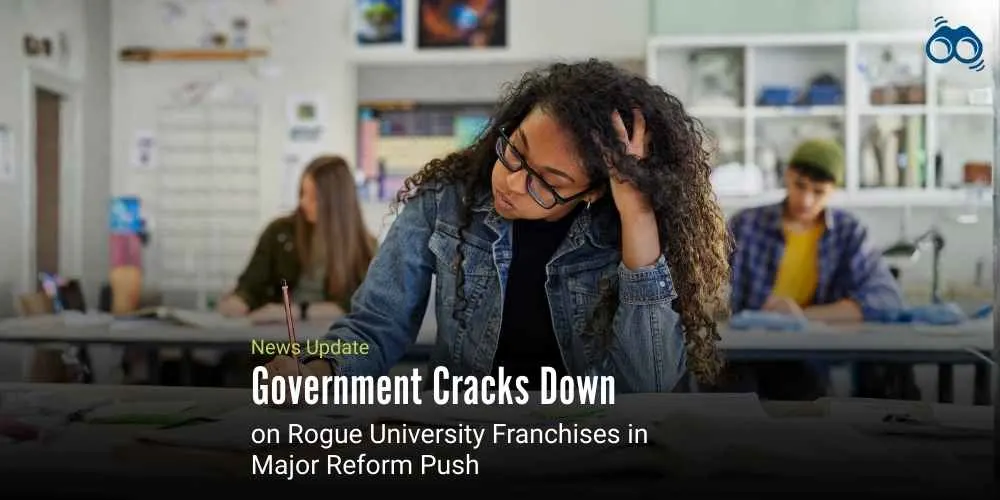40% of People Lack Access to Education in Fluent Languages: UNESCO's Stark Revelation
Multilingual Education Essential for Effective Learning, Says New UNESCO Report
Language is a vital tool for effective communication and comprehension. Highlighting its importance, UNESCO released a new report titled "Languages Matter: Global Guidance on Multilingual Education" on International Mother Language Day, 21 February 2025. The report underscores the urgent need for multilingualism in education systems to ensure that children learn in a language they fully understand. The report emphasizes that languages are key to cultural identity, and multilingual education helps preserve linguistic diversity and knowledge systems. This is particularly important for Indigenous languages, which protect traditional knowledge and values vital for environmental conservation and green economies.
Alarmingly, the report reveals that 40% of people worldwide do not have access to education in a language they are fluent in. This figure soars to 90% in some low- and middle-income countries, impacting more than a quarter of a billion learners. As migration increases, linguistic diversity in classrooms is growing, with over 31 million displaced youth facing language barriers.
To address these challenges, the UNESCO report guides Ministries of Education and stakeholders on implementing multilingual education policies to support all learners. This guidance was presented at the global event, "Languages Matter: Silver Jubilee Celebration of International Mother Language Day," held at UNESCO Headquarters in Paris on 20-21 February 2025. UNESCO’s World Atlas of Languages reports 7,000 languages worldwide, with only 351 used for instruction. The organization stresses the importance of mother tongue-based multilingual education, noting that it enhances learning outcomes and preserves cultural heritage, as one language disappears every two weeks.
Furthermore, UNESCO's Global Education Monitoring Report advocates for multilingual education, emphasizing that home language instruction builds literacy, supports learning additional languages, and improves outcomes in subjects like math and science. The report recommends up to eight years of home language instruction, with the gradual introduction of a second language, to accelerate learning and bridge knowledge gaps.
In Africa, children taught in their native language were 30% more likely to read with understanding by the end of primary school. In Mozambique, bilingual education led to a 15% improvement in learning rates. Abel Marthinho Jâoa, a teacher at Lumbo Primary School, highlighted that using the local language boosts students' confidence and has helped even first-graders learn to read, count, and write. The 2024 Learning Counts report revealed that over half of African countries (31 out of 55) have bilingual or multilingual education policies. Of these, 23 transition to a second language before grade 5, and about 80% of these countries ensure that local languages used in early grades are taught as subjects in later grades.
UNESCO’s new guidance recommends collecting sociolinguistic and educational data to inform policies and resource allocation. It emphasizes formalizing political support for multilingual education and integrating it into curricula from early grades, focusing on mother-tongue instruction. Additionally, the guidance suggests developing learning materials in learners' languages and aligning assessment strategies with multilingual education principles. Moreover, the guidance recommends recruiting teachers fluent in both the mother tongue and the official language and providing training for effective multilingual education. It stresses the importance of involving parents, caregivers, and local communities, including Indigenous Peoples, in designing and delivering education programs that leverage their knowledge to help students succeed in a multilingual world. In conclusion, embracing multilingual education is crucial for fostering effective communication, preserving cultural heritage, and enhancing learning outcomes for students worldwide.
Editor's Note:
UNESCO's recent report, Languages Matter: Global Guidance on Multilingual Education, highlights a critical issue: millions of children around the world are learning in languages they don’t fully understand. Currently, 40% of people lack education in their own language, and this number is even higher in some poorer countries. As migration increases, classrooms are becoming more diverse, making multilingual education more important than ever. The report stresses that languages are key to cultural identity and knowledge. Preserving Indigenous languages, in particular, is vital for protecting traditional knowledge that can help with environmental conservation and sustainability. It calls for education systems to prioritize teaching in students’ native languages, from early grades through to higher education. UNESCO offers practical advice for implementing multilingual education policies, urging governments and schools to make mother-tongue instruction a priority, recruit teachers who are fluent in both local and official languages, and develop learning materials in students’ languages.
Skoobuzz firmly believes that it’s time for education systems around the world to embrace multilingualism. This change will improve learning outcomes, preserve cultural heritage, and ensure that every child has the opportunity to succeed.














0 Comments (Please Login To Continue)